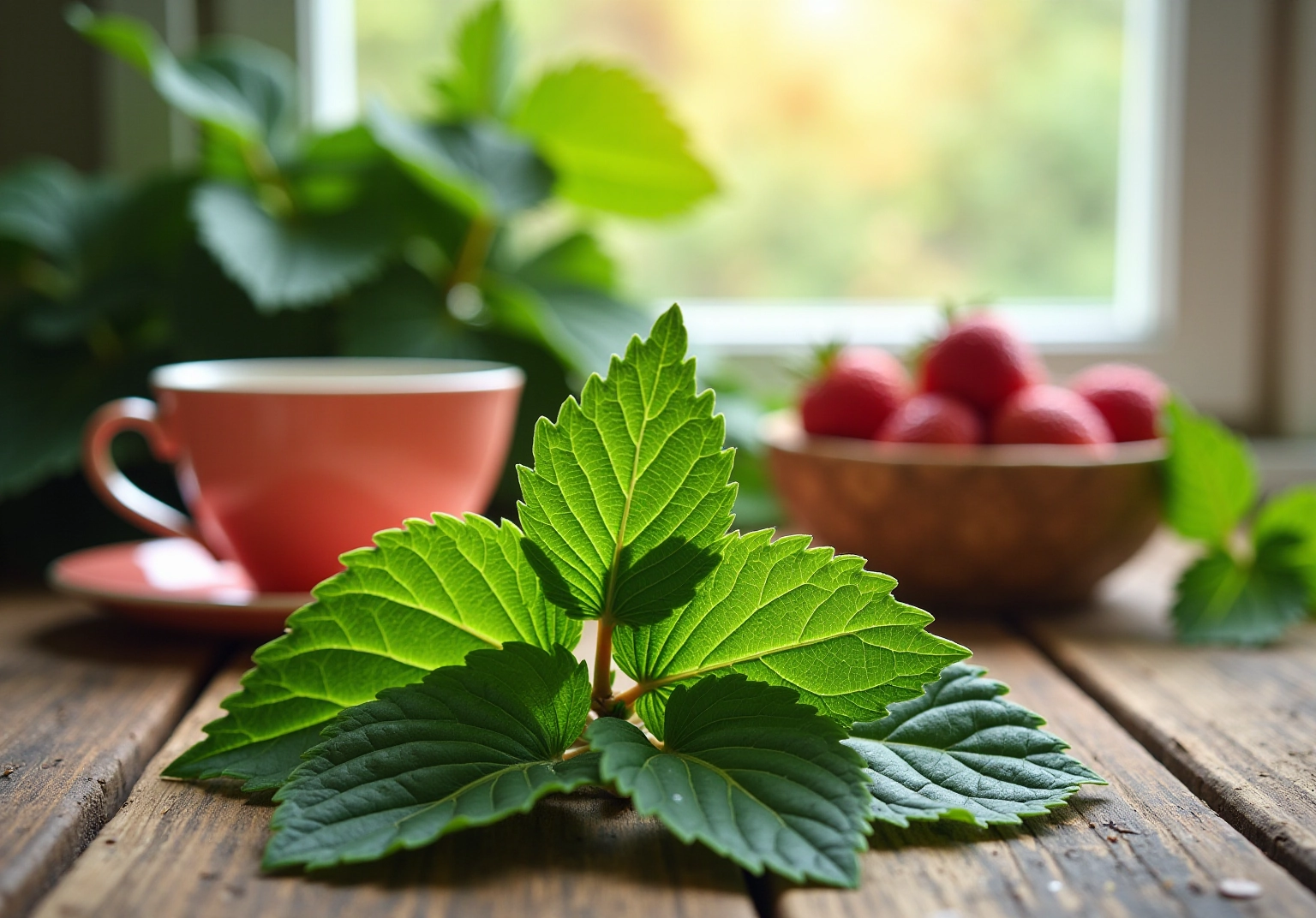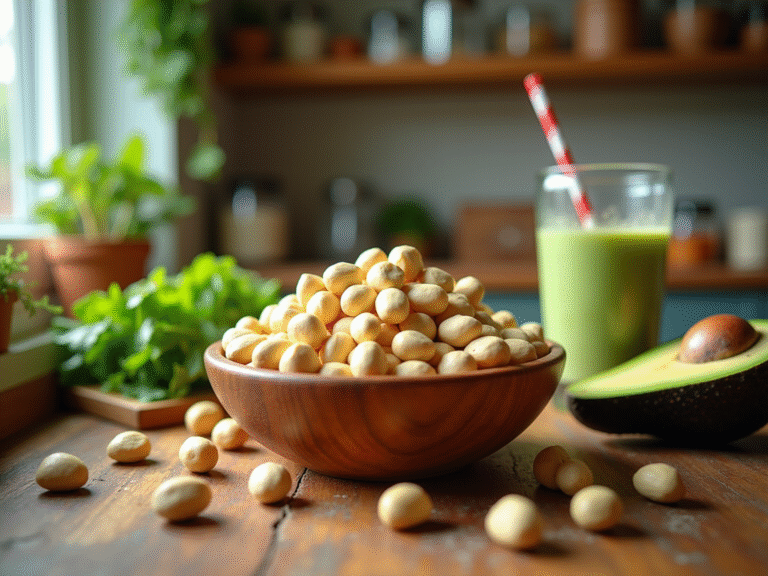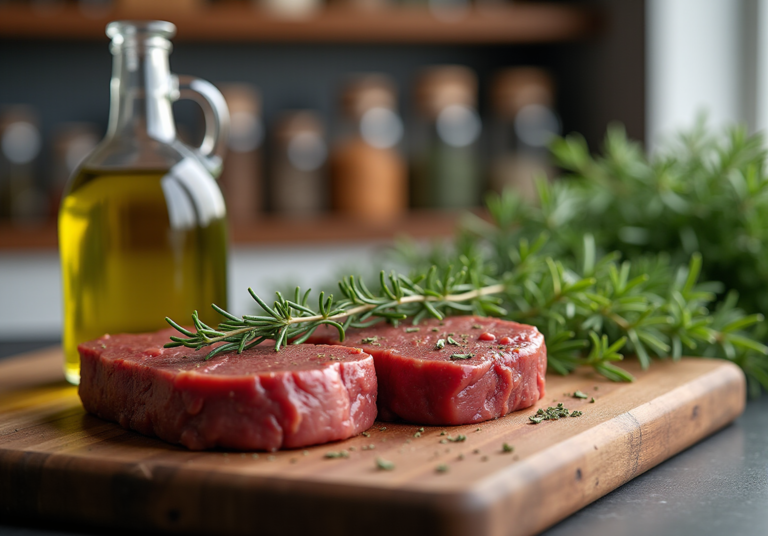Are Strawberry Leaves Edible? Discover Their Nutritional Benefits
Overview
Strawberry leaves are not only edible but also offer a variety of nutritional benefits. They are rich in antioxidants, vitamins A, C, and K, as well as dietary fiber. This article highlights the safe consumption of these leaves when sourced from organic berries.
Furthermore, it suggests culinary uses such as:
- Incorporating them into herbal teas
- Adding them to smoothies
- Using them as garnishes
It is essential to wash the leaves properly to eliminate any pesticide residues, ensuring a safe and healthy addition to your diet.
Introduction
The vibrant world of culinary exploration often overlooks a surprising contender: strawberry leaves. While many are familiar with the sweet, juicy fruit, the foliage of the strawberry plant, Fragaria × ananassa, holds its own secrets, packed with nutritional benefits that might just redefine how one views this common garden plant. Rich in antioxidants and vitamins, these leafy greens offer not only a unique flavor profile but also a wealth of health advantages. Yet, despite their potential, questions linger about their edibility and safety. Are strawberry leaves truly a hidden gem in the kitchen, or do they pose risks that warrant caution?
Defining Edibility: Are Strawberry Leaves Safe to Eat?
The nutritional benefits of strawberry foliage, scientifically known as Fragaria × ananassa, lead many to wonder, are strawberry leaves edible, and the answer is that they are safe for consumption. Have you ever considered if strawberry leaves are edible to incorporate into your diet? Historically, these plants have been utilized across various cultures, often found in herbal teas and traditional remedies, leading to questions about whether strawberry leaves are edible. Rich in antioxidants, including flavonoids, the foliage contributes to overall well-being by combating free radicals and potentially reducing the risk of chronic diseases.
Furthermore, strawberry foliage is an excellent source of vitamin C, crucial for immune function, and may also provide dietary fiber, which supports gut health and regularity. However, it is vital to source the foliage from organic berries, considering that conventionally grown varieties may be treated with pesticides, leading to the question: are strawberry leaves edible? To ensure safety, proper washing is essential; soaking the greens in a mixture of three parts water and one part vinegar for approximately 20 minutes can help eliminate contaminants.
When prepared correctly, berry foliage can be a versatile addition to your meals, enhancing both flavor and nutrition. Consider using it in smoothies, as garnishes, or steeped to create herbal tea, offering a refreshing and healthful experience. Why not explore the possibilities of adding this nutritious green to your culinary repertoire?

Nutritional Benefits of Strawberry Leaves: What You Need to Know
A common inquiry is whether strawberry leaves are edible, as they are a powerhouse of essential nutrients, providing a rich supply of vitamins A, C, and K, along with crucial minerals like calcium, magnesium, and potassium. Notably, it is abundant in flavonoids and tannins—compounds recognized for their potent antioxidant properties. Studies suggest that berry foliage can hold as much as six times more antioxidants than the fruit itself, aiding in the fight against oxidative stress and potentially reducing the likelihood of chronic illnesses.
Furthermore, the high fiber content in these plants supports digestive well-being, rendering them a beneficial component of a balanced diet. To reduce pesticide exposure when consuming the foliage, it is advised to use organic, fresh fruit. Additionally, individuals should be aware of potential allergic reactions, which can include hives and breathing difficulties.
The distinct taste profile of the fruit’s foliage raises the question: are strawberry leaves edible? It is characterized as somewhat grassy, with subtle sweetness and a touch of astringency, which can elevate a variety of dishes. By incorporating berry foliage into your meals, you can improve your overall health and promote a wholesome lifestyle. As Dr. Karan Rajan points out, ‘Embrace the nutritional advantages of strawberry foliage by adding them to your diet.
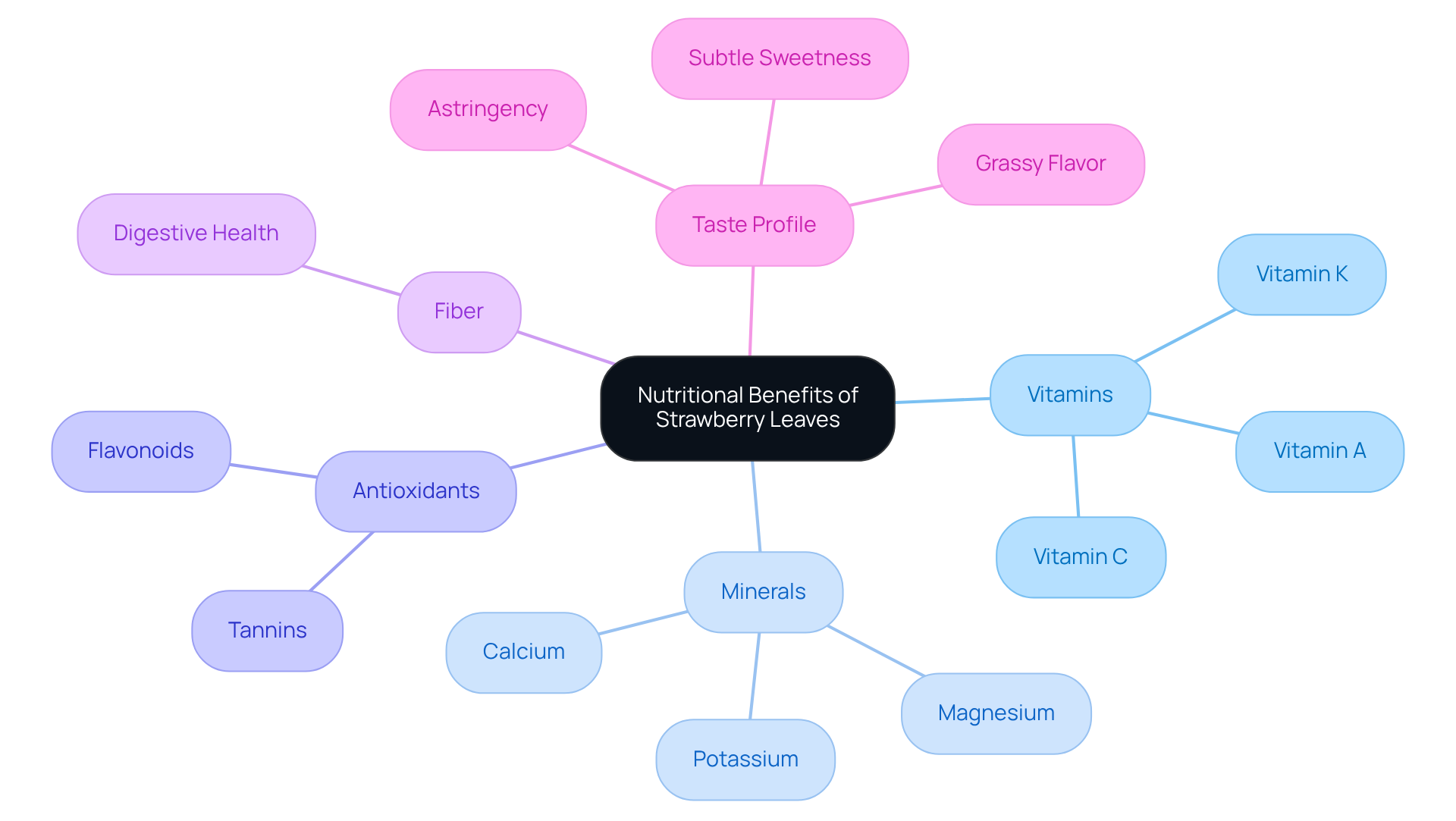
Culinary Uses: How to Incorporate Strawberry Leaves into Your Diet
When considering various culinary techniques, you might wonder, are strawberry leaves edible and can they be integrated into your diet? One popular method is brewing them into herbal tea, enjoyed either hot or cold, providing a refreshing beverage rich in antioxidants. Herbal tea consumption has surged, with many individuals exploring natural solutions for wellness benefits. For an extra nutrient boost, consider adding fresh berry foliage to smoothies, where they not only enhance the fruit’s flavor but also improve its health benefits.
In the kitchen, finely chopped berry foliage can elevate dishes like pesto, soups, and stews, imparting a unique herbal taste. They also make a delightful garnish for salads, adding a light, grassy note. Furthermore, incorporating berry foliage into sauces or dressings can introduce a fresh twist to your meals. With their high vitamin C content, notable antioxidant properties, and polyphenols that may help lower the risk of heart issues and reduce blood sugar levels, you may ask, are strawberry leaves edible? Adding them to your recipes diversifies your culinary repertoire while promoting overall health and wellness. Additionally, these greens can be utilized in cocktails, such as mojitos, for enhanced flavor. Experimenting with these plants can lead to delicious and healthy outcomes, making them a valuable addition to your diet.
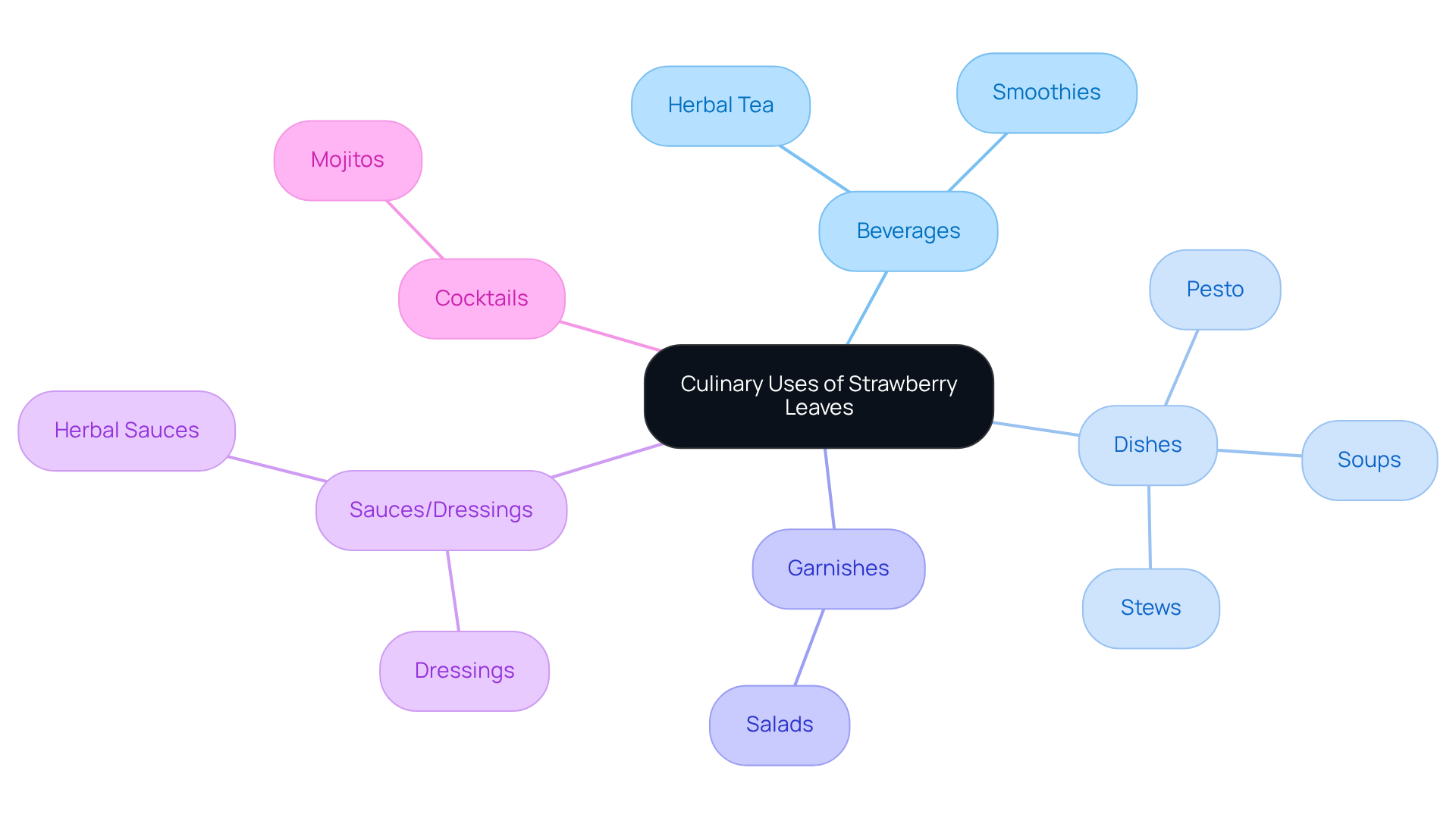
Potential Risks and Considerations
Strawberry foliage is generally safe to eat, but there are important factors to consider when determining if strawberry leaves are edible. Some individuals may experience mild digestive issues, such as discomfort or bloating, particularly if they consume large quantities due to the plant’s high fiber content.
To minimize the risk of pesticide exposure, it is crucial to source foliage from organic berries. Non-organic varieties often appear on the ‘Dirty Dozen’ list, which highlights produce with high pesticide residues. Research indicates that traditional berries can retain various pesticide residues, and this may also extend to the foliage.
For those who are pregnant, breastfeeding, or have specific health concerns, it is advisable to consult with a healthcare professional about whether strawberry leaves are edible before introducing them into the diet. By being mindful of these considerations, you can enjoy the potential benefits of strawberry leaves while mitigating any associated risks.
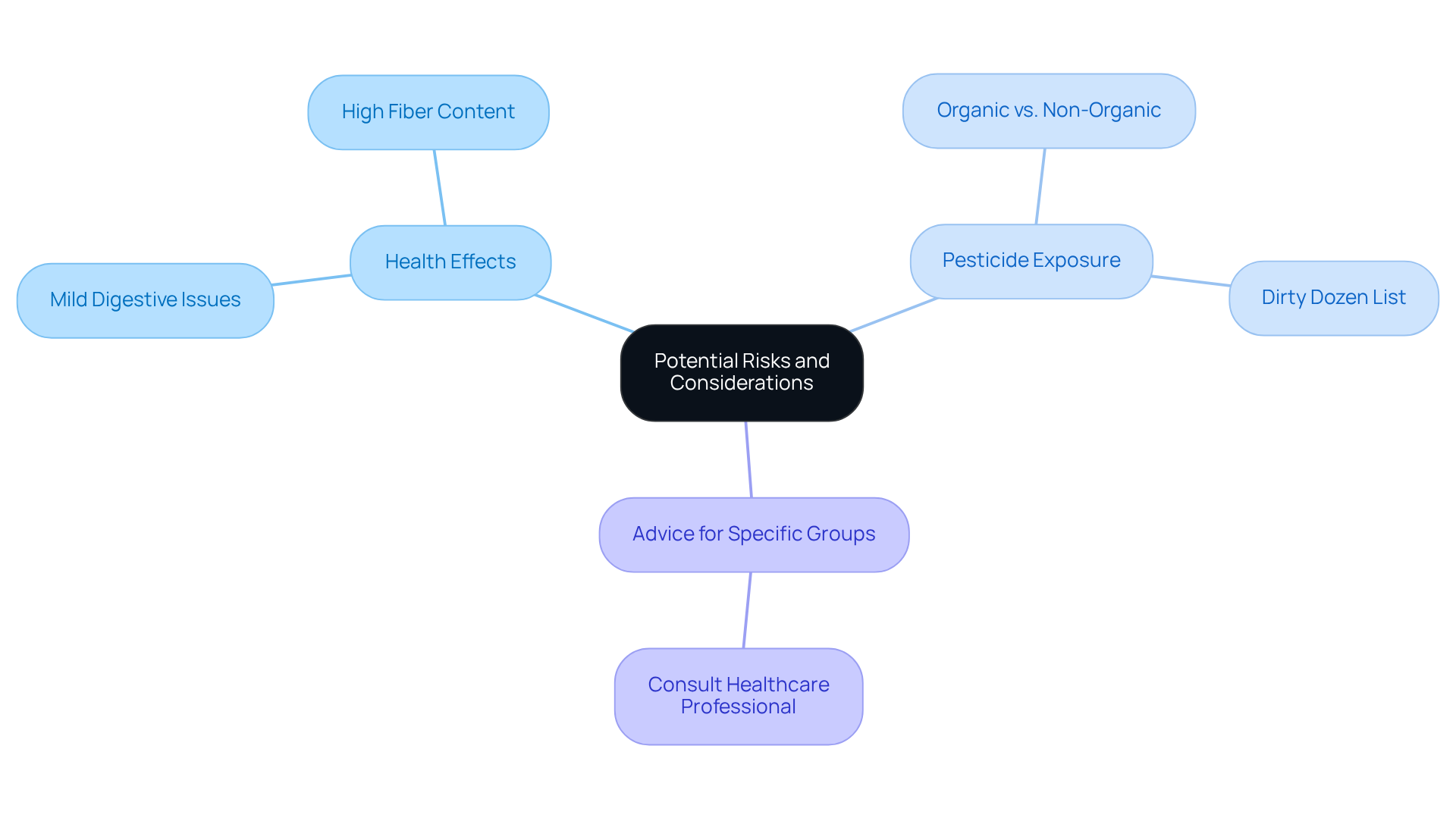
Conclusion
Strawberry leaves, often overlooked, are indeed edible and packed with nutritional benefits that can enhance overall health. Their incorporation into the diet can provide a rich source of vitamins A, C, and K, along with essential minerals and powerful antioxidants. By embracing the consumption of strawberry foliage, individuals can diversify their culinary experiences and take advantage of its potential health benefits.
The article highlights several key points:
- The safety of consuming strawberry leaves when sourced from organic berries
- Their rich nutrient profile
- Various culinary applications
From brewing herbal teas to adding them into smoothies and salads, strawberry leaves can elevate both flavor and nutrition in meals. Furthermore, awareness of potential risks, such as pesticide exposure and digestive sensitivities, is crucial for those considering adding this leafy green to their diet.
In conclusion, exploring strawberry leaves opens up a world of culinary possibilities while promoting health and wellness. By incorporating these nutritious greens into daily meals, individuals can enjoy their unique flavor and reap the numerous health benefits they offer. It is time to rediscover this often-ignored part of the strawberry plant and make it a staple in healthy eating habits.
Frequently Asked Questions
Are strawberry leaves safe to eat?
Yes, strawberry leaves are safe for consumption and can be incorporated into your diet.
What are the nutritional benefits of strawberry leaves?
Strawberry leaves are rich in antioxidants, including flavonoids, and are an excellent source of vitamin C. They may also provide dietary fiber, which supports gut health.
How have strawberry leaves been used historically?
Historically, strawberry leaves have been utilized across various cultures, often found in herbal teas and traditional remedies.
Why is it important to source strawberry leaves from organic berries?
It is important to source strawberry leaves from organic berries because conventionally grown varieties may be treated with pesticides, which can pose health risks.
How should strawberry leaves be cleaned before consumption?
To ensure safety, strawberry leaves should be washed properly by soaking them in a mixture of three parts water and one part vinegar for approximately 20 minutes.
How can strawberry leaves be used in meals?
Strawberry leaves can be used in various ways, such as in smoothies, as garnishes, or steeped to create herbal tea, enhancing both flavor and nutrition.
